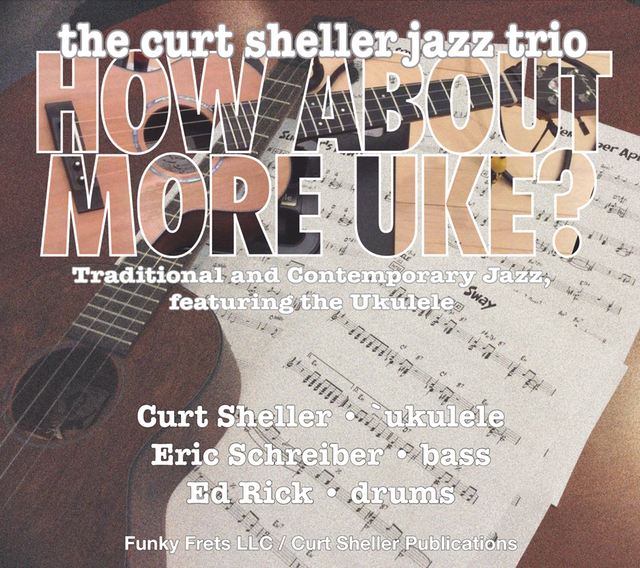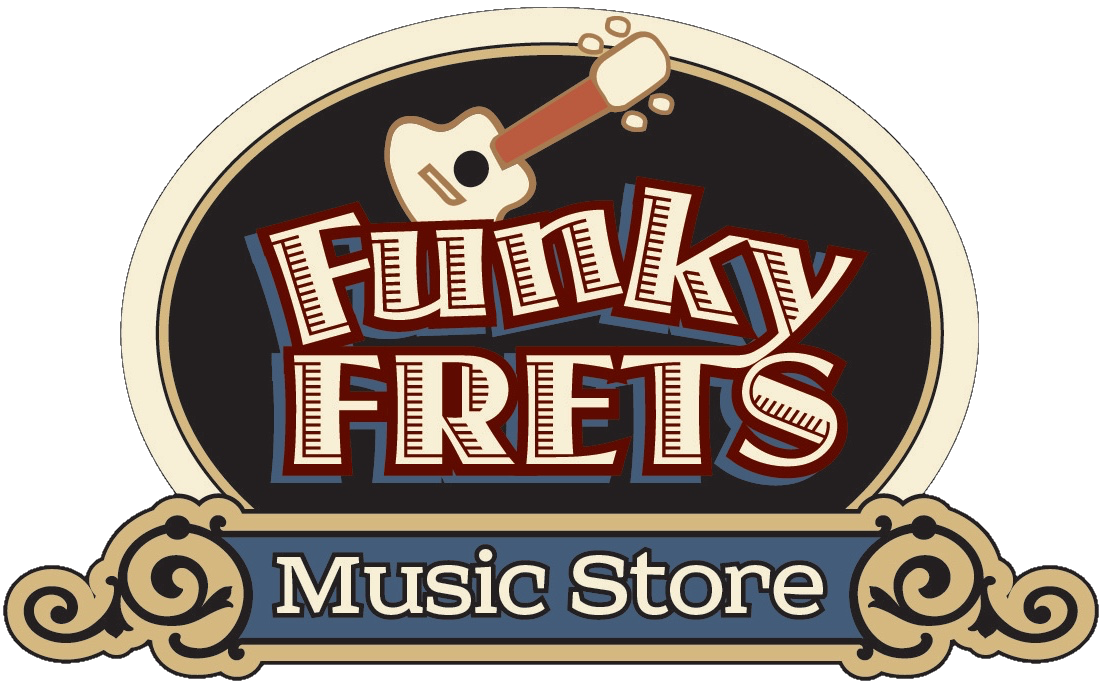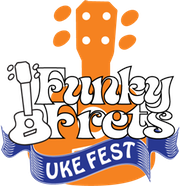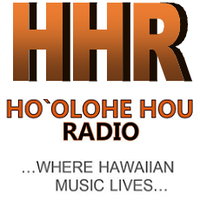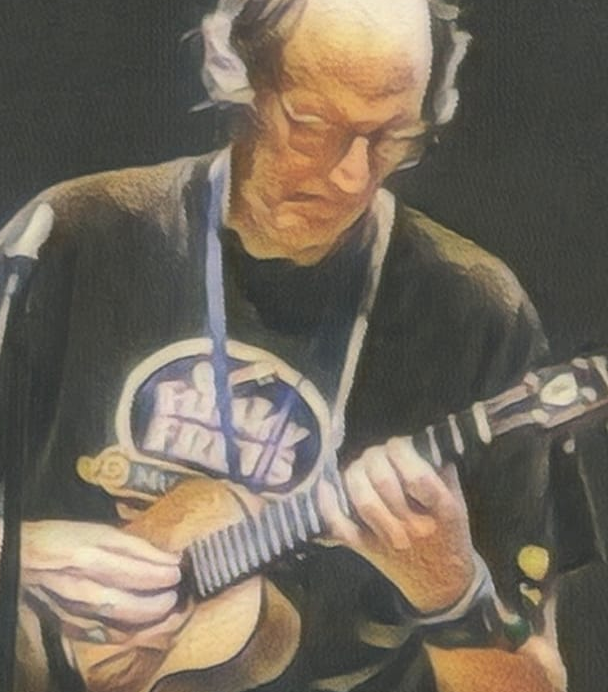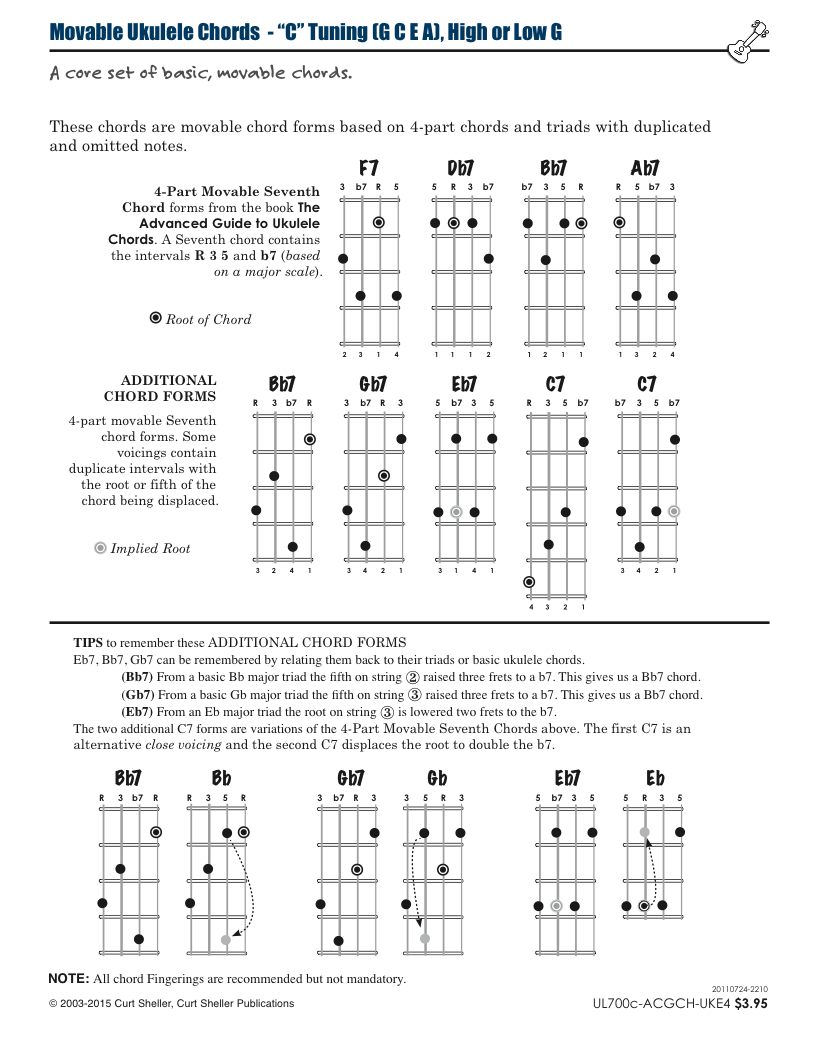
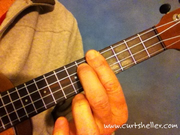

Of the three core elements of music: Melody — Harmony — Rhythm. It's the harmony — the chords and chord progressions, a.k.a. songs, that you'll do the most of. So, whether you're playing covers, other people's songs or writing your own — you need to know your chords and how the works together.
“Chords can not be named out of context. They can only be named in the context of a chord progression or chord sequence and then only when the chord's harmonic function within that progression can be determined.” — Curt Sheller (me)
“That's the single most sensible statement about music that I've read in months, maybe years. Thanks, Curt.” — John Kavanagh, The 4th Peg Parlor Room
What is a Chord?

A Chord is a harmonic combination of three or more notes played simultaneously. It is a fundamental building block of music and is commonly used in various musical styles and genres. Chords provide harmony and support for melodies, creating a rich and textured sound.
Chords are typically constructed by stacking notes on top of each other, based on specific intervals. The most common type of chord is the triad, which consists of three notes. Triads are formed by stacking two intervals of a third (a distance of two whole steps or four half steps) on top of a root note.
Traditional three-note chords are called a triad. Two notes are an interval, or dyad. Chords with four notes are a tetra-chord or 4-part chord; six notes are a hexachord, etc.
The traditional triad chord types are major, minor, diminished, and augmented. Each chord type has a distinctive sound and emotional quality.
Every chord can be given a specific name based on the notes that constitute the chord and the distances or intervals between the notes. As well as a Chord's Harmonic Function
within a tonality or chord progression. It's actually this Harmonic Function
that determines the name of the chord.
The Harmonic Function
is a critical part of a chord, and only once you determine the chord's, harmonic function can you Naming Chords
, as the same-shape chord can have many possible names, but only one name at a time.
Chord Progression — A series of chords played in a particular order or sequence.
From WikipediA • A Chord, in music, is any harmonic set of pitches/frequencies consisting of multiple notes (also called "pitches") that are heard as if sounding simultaneously. For many practical and theoretical purposes, arpeggios and broken chords (in which the notes of the chord are sounded one after the other, rather than simultaneously), or sequences of chord tones, may also be considered as chords in the right musical context.
Types of Ukulele Chords
You can organize your chords into these four categories: Open Position Chords, Movable Form Chords, 4-part Jazz
Chords, and Free-form Chords.
Chord Categories • Chords for learning purposes can be organized into one of the four categories below.

1) Open Position Chords • Your basic chords in the first four frets, including the open strings that most players learn first. There are, at most, 20 chords in this category to get you through the common chords for the basic keys.
2) Basic Movable Form Chords • Your basic Open Position Chords, re-fingered and transposed up the fingerboard to different keys. This includes transposing the open strings as well. In C Tuning, the Bb major, based on the open position A major chord, is typically the first movable form we learn that fits this category.
3) Jazz” Chords
These contemporary 4-part chords find their way into a wide variety of music. This is a massive category where you really start to learn how chord construction works and can create any — Yes — ANY chord you run across.
4) Free Form Chords • These are the chords that don't fit into one of the four chord categories or are a basic triad. This is where you “REALLY”, and I mean really, know the ukulele fingerboard and the notes of the chord and can create it.
And at the heart of an overwhelming number of the chords we play are: Triads .
Traditional and Contemporary Triads • These triads, built in thirds, are the foundation for all chords in the above categories. Triads are also great for when you are improvising. The “adjacent set of three strings” are how these can be learned. The Basic Open major and minor chords are triads, with one of their notes doubled.
Basic Open Position Chords for C Tuning — Chord Chart
A handy-dandy reference chart of open position chords in five common keys of C , G , D , A , and E . With seventh chords, diminished and augmented chord for every root.
- View the Basic Open Position Chords for C Tuning lesson.
A Ukulele Chord a Day
The Ukulele Chord a Day series of lessons started in 2013. Videos for each chord were added in 2020.
This is a great series for beginners to get started and actually any level can benefit from the added material and information on each chord.
- View the A Ukulele Chord a Day Lesson Series .
Movable Form Chords
After learning the Basic Open Position
chords, these 20 plus ukulele chord lessons cover the open position forms and their movable forms. This allows you to play basic chords in ANY key.
A, Am, A7, B7, C, Cm, C7, D, Dm, D7, E, Em, E7, F, Fm, F7, G, Gm, G7
Click on any chord above to go that specific lesson.
- View the Movable Form Chords Lesson Series
Core Chords — The Big Six
These chords, often call Jazz Chords,
find their way into a wide range of traditional and contemporary music. They form the foundation for building those chords with the wacky names such as 13-9, #11, 9b5, etc.
The 4-part Seventh chord, often called the Dominant Seventh chord, can form the foundation for ALL your core contemporary, a.k.a., jazz chords. This series of lessons covers the big six that finds wide use in all forms of contemporary music. Then builds on your core chords with the rest of the 4-part chords.
- View the Core Chords — The
Big Six
lesson.
The Dominant Seventh Chord
Not all seventh chords are dominant seventh chords. Learn when a Dominant Seventh chord is truly a dominant chord.
- View The Dominant Seventh Chord lesson.
Cool Chords Lesson Series
Here are a few of the chords that are part of the Cool Ukulele Chords Series of lessons .
- Cool Ukulele Chords Series: G7
- Cool Ukulele Chords Series: A7
- Cool Ukulele Chords Series: F#m7b5
- Cool Ukulele Chords Series: The Ultimate C Chord
What is a Chord Progression?
Simply put, a chord progression is a sequence of chords. Songs are chord progressions with melodies and lyrics added.
For a more elaborate description checkout the (wikiwand) · article and link below.
Turns out there are a lot of common chord sequences that make learning a lot of songs easier.
What is a Chord Progression?
A chord progression (or harmonic progression) is a series of musical chords, or chord changes that "aims for a definite goal" of establishing (or contradicting) a tonality founded on a key, root or tonic chord. In other words, the succession of root relationships. Chords and chord theory are generally known as harmony.
A chord progression can be thought of as a harmonic simultaneity succession: it offers an ongoing shift of level that is essential to the music of Europe (at least since 1600), Oceania and South/West Africa. A change of chord, or "chord change", generally occurs on an accented beat, so that chord progressions may contribute significantly to the rhythm, meter and musical form of a piece, delineating bars, phrases and sections.
- (wikiwand) · Chord Progressions
- (wikiwand) · List of Chord Progressions
Common Chord Progressions
- Simple Progressions
- Three Chord Progressions
- Four Chord Pop Progressions
- Blues Progressions ( I – IV – V )
- 50’s Chord Progressions
- Andalusian Chord Progression ( I – VI – IV – V )
- Mixolydian Progression ( I – bVII – IV )
- Backdoor Chord Progression
- Montgomery-Ward
bridge, In jazz music, this is a standard chord progression often used as the bridge, or 'B section,' of a jazz standard. The progression consists, in its most basic form, of the chords
I7
–
IV7
–
II7
–
V7
. Often, some or all of the chords are dominants are substituted with ii-V progressions or otherwise altered. This is used in such standards as
The Sunny Side of the Street
,When You're Smiling
, andSatin Doll
.
So, Lets Get Started
Without knowing where you are musically I would simply recommend to head over the Songs section, pick a song and learn the chords.
Here are a few really simple ones without a lot of chords that you might passively know:
Organizing Your Chords
If your going to learn more than one song it's probably a good idea the organize and create a chord vocabulary to using in learning songs beyond your first one.
Organizing ukulele chords can be done in several ways to make them more accessible and easier to navigate. Here are a few methods you can use to organize ukulele chords:
- Alphabetically: Arrange the chords in alphabetical order. This method allows you to quickly find chords based on their names.
- Key-based: Group the chords based on their respective keys. For example, gather all the chords in the Key of C together, then group chords in the Key of G , and so on. This organization can help you understand the chord progressions within each key. This is a great way if you are learning the Ukulele using songs.
- Chord Types: You can organize your chords into these four categories (see above): Open Position Chords
, Movable Form Chords
, 4-part
Jazz
Chords , and Free-form Chords . This aligns with the next possibility. - Music Genre: Organize chords based on the musical genre they are commonly used in. For example, group chords commonly used in folk music, Blues , pop music, country, or Jazz . This organization can help you explore different styles and find chords that suit your preferred genres.
- Common Chord Progressions: Organize chords based on common chord progressions. Group chords that are frequently used together in specific progressions like I-IV-V or II-V-I . This organization helps you understand and memorize common harmonic patterns. This is the harmonic content of songs. And, pretty much everyone getting into playing and learning ukulele want tp play songs.
- Personalized System: Create your own system of organizing chords based on your preferences and learning style. You can categorize them by chord types (major, minor), chord extensions (7th, 9th, 13th), or any other criteria that makes sense to you.
Basic Ukulele Chords Charts
C Tuning
C Tuning
for Right Handed Players
C Tuning
for Left Handed Players
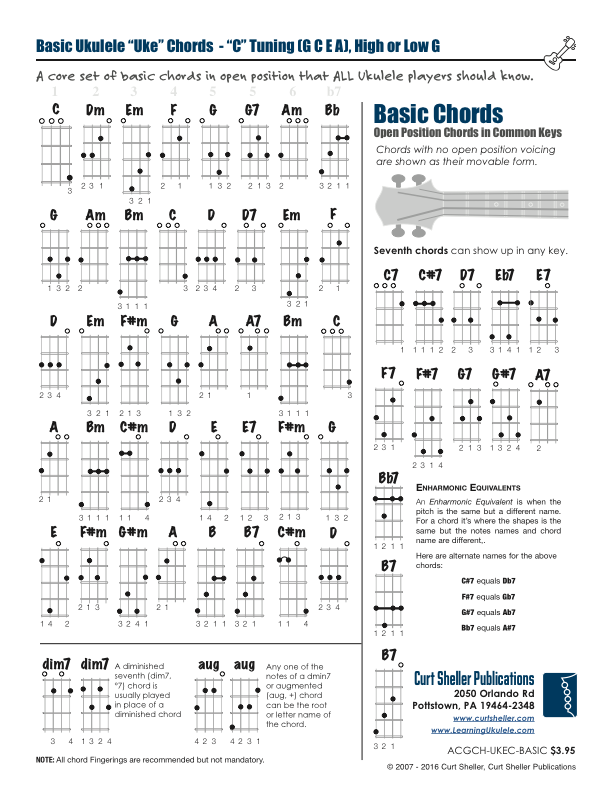
Basic Open Positions Chords - C Tuning in the common keys of C, G, D, A, and E - with seventh chords in all keys. Includes diminished and augmented chords.
These charts are available in the Books section of the site by clicking on the buttons below the charts.
The following two charts are for C Tuning and organized by the common chords that show up in common keys.
These charts are FREE downloads and available in right hand and left hand versions.
G Tuning
for Baritone Players
C Tuning
Core Sevenths Chords

Basic Open Position `Ukulele Chord Chart - Baritone/G Tuning in the common keys of C, G, D, A, and E - with seventh chords in all keys. Includes diminished and augmented chords.
These charts are available in the Books section of the site by clicking on the buttons below the charts.
All Additional Reference Charts are Available on the Books Page
. Select Charts
fomr the Main Categories section.
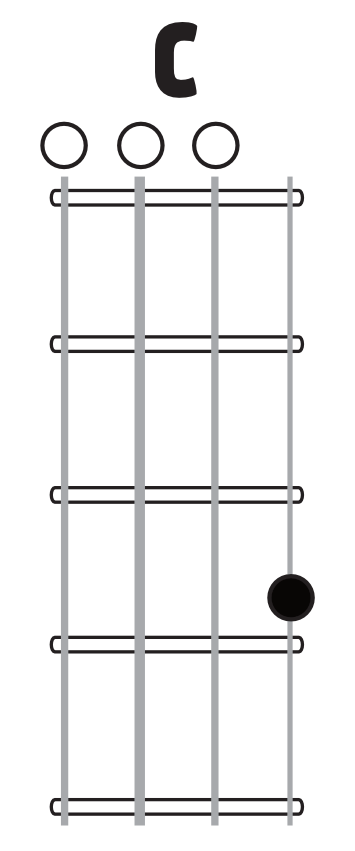

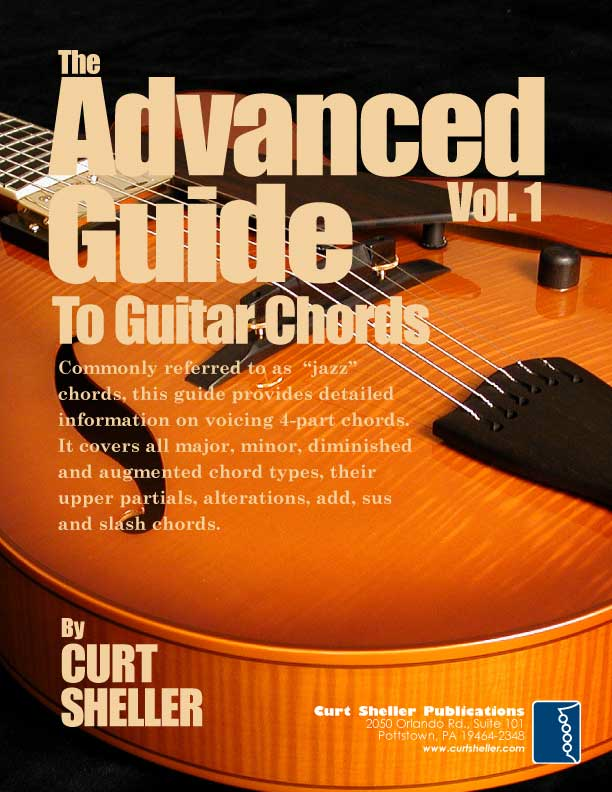
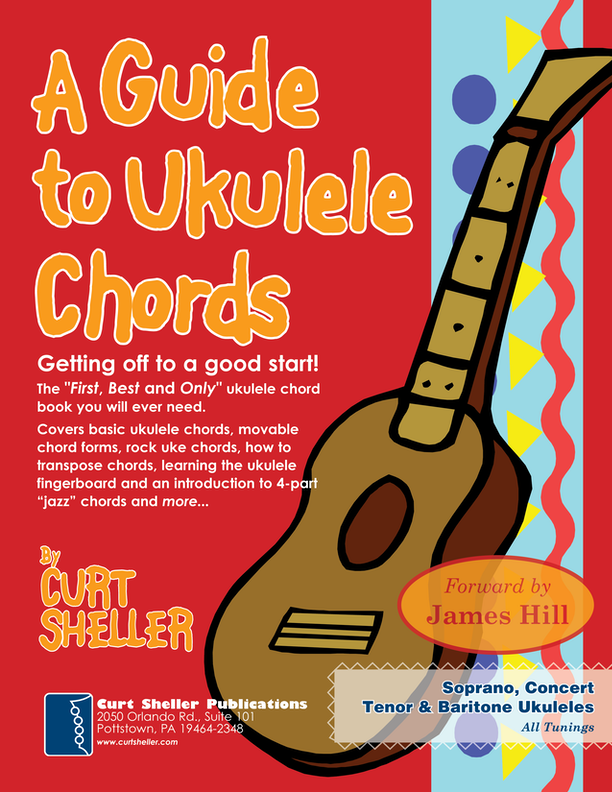
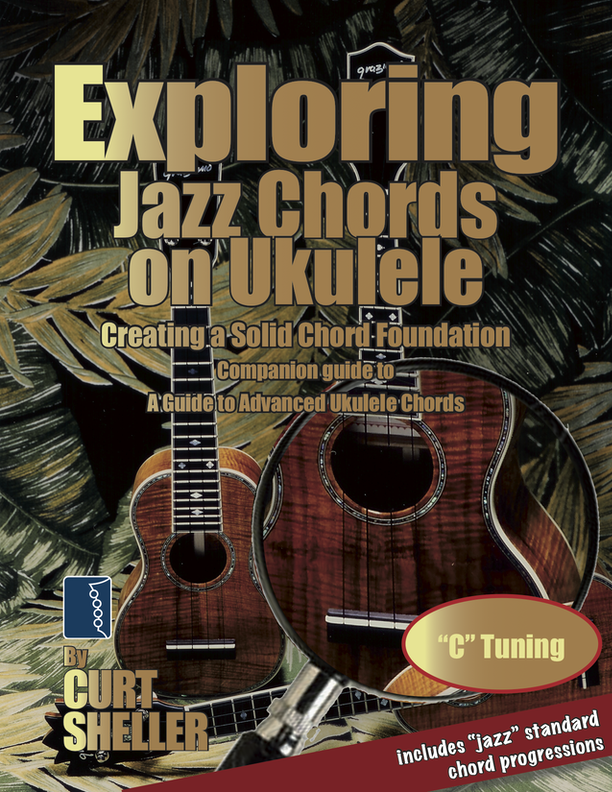
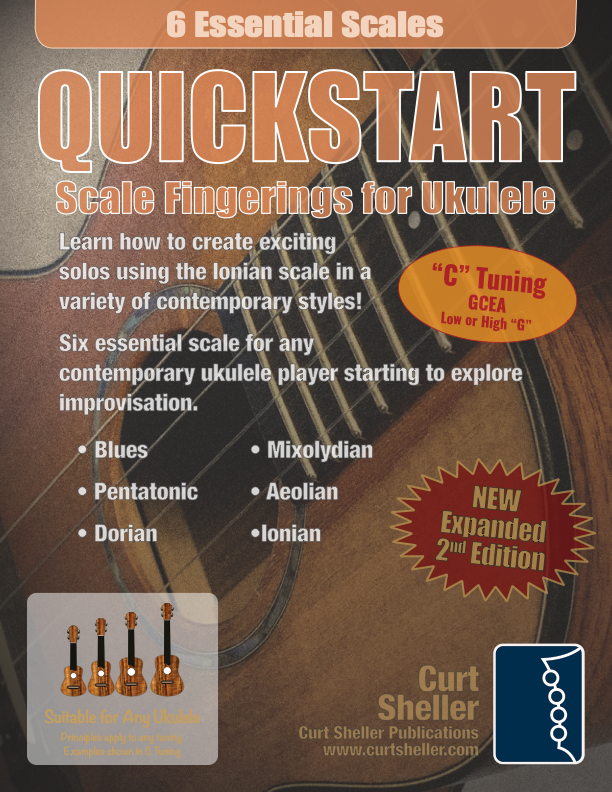
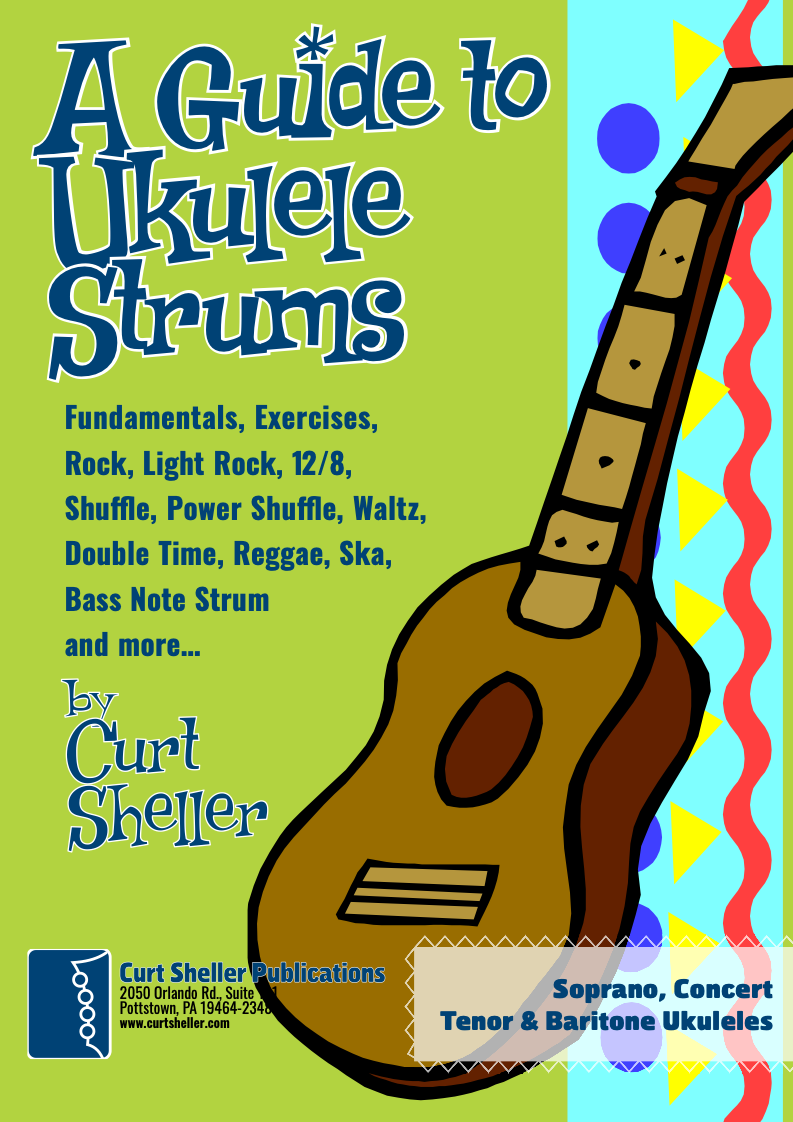
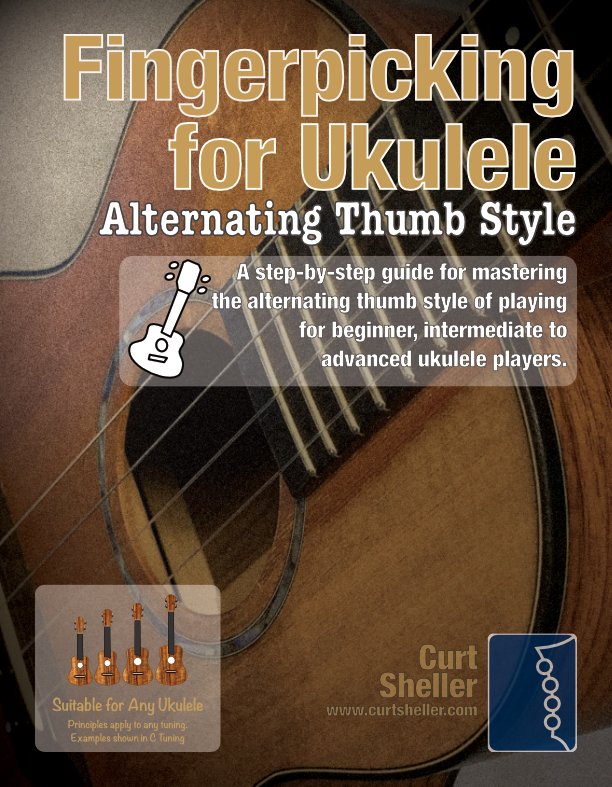




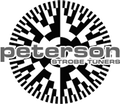






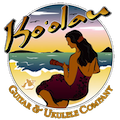
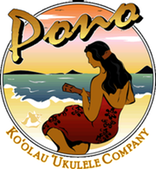
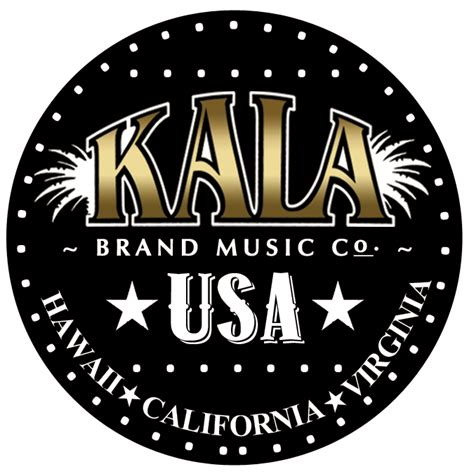


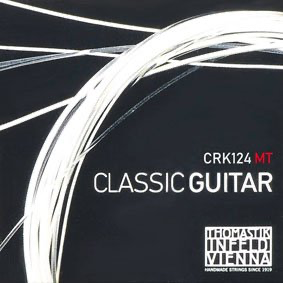
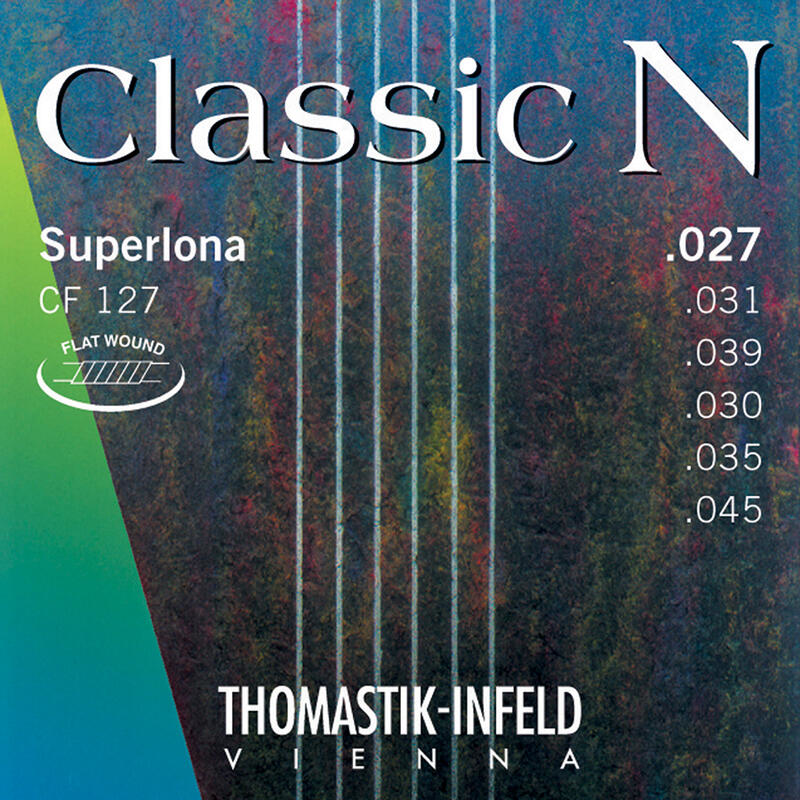
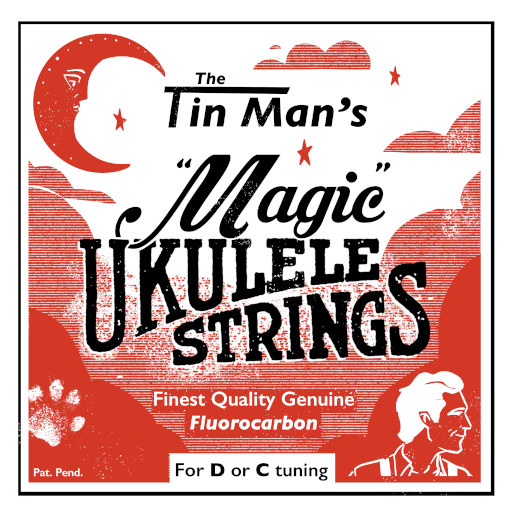
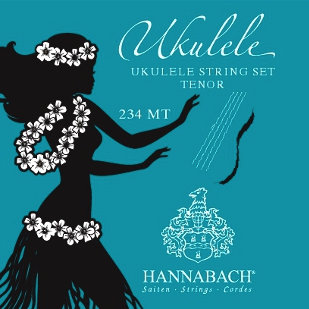
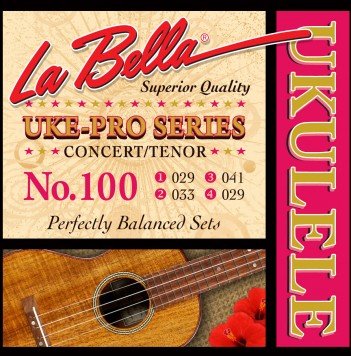
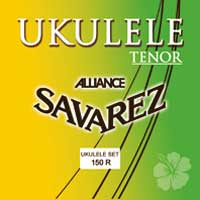






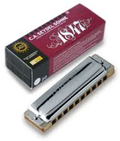
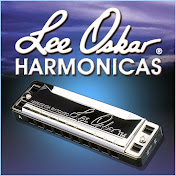





 supportukrainenow.org
supportukrainenow.org
